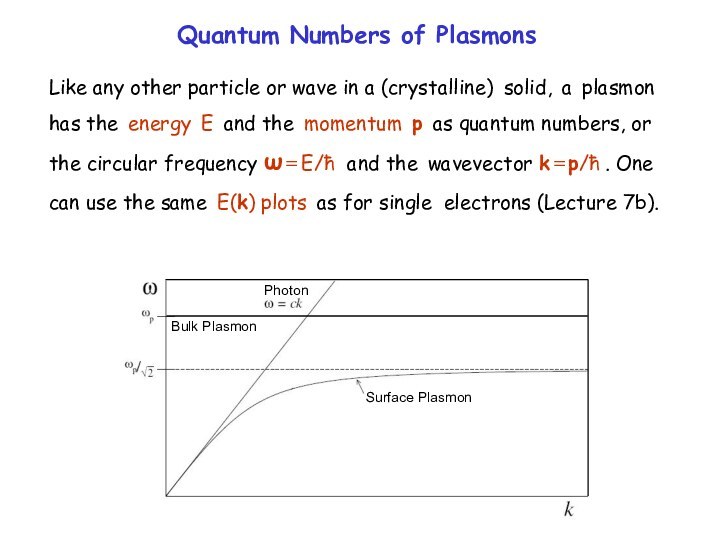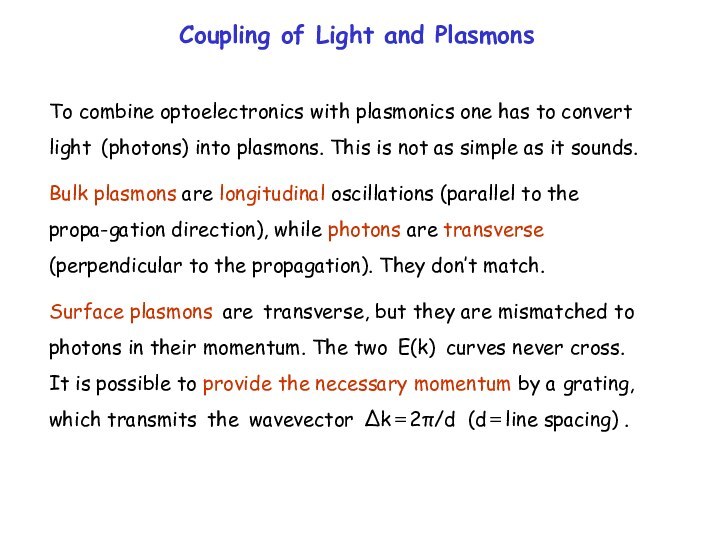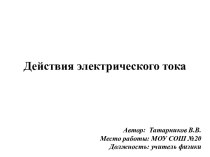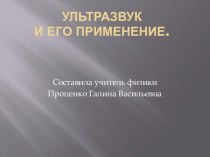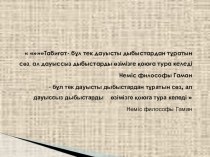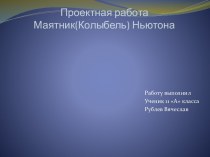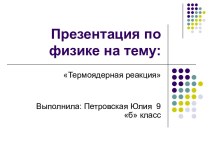density wave in an electron gas. It is analogous
to a sound wave, which is a density wave in a gas consisting of molecules.Plasmons exist mainly in metals, where electrons are weakly bound to the atoms and free to roam. The free electron gas model provides a good approximation (also known as jellium model).
The electrons in a metal can wobble like a piece of jelly, pulled back by the attraction of the positive metal ions that they leave behind.
In contrast to the single electron wave function that we encountered already, a plasmon is a collective wave where billions of electrons oscil-late in sync.







